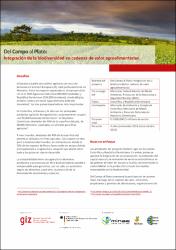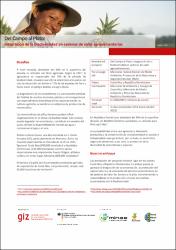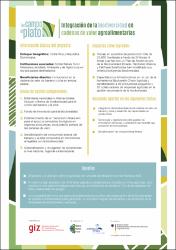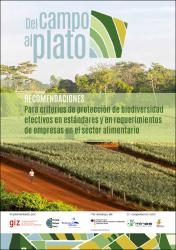Biblioteca Virtual de Educación Ambiental Rosa Margarita Bonetti: Recent submissions
Now showing items 1006-1010 of 6898
-
Del Campo al Plato : Integración de la biodiversidad en cadenas de valor agroalimentarias
(2019)Hoja divulgativa del proyecto «Del Campo al Plato: Integración de la biodiversidad en cadenas de valor agroalimentarias» (CAP), iniciativa que busca incorporar la conservación de la biodiversidad en las cadenas de valor ... -
Del Campo al Plato : Integración de la biodiversidad en cadenas de valor agroalimentarias
(2019)Hoja informativa del proyecto «Del Campo al Plato: Integración de la biodiversidad en cadenas de valor agroalimentarias» (CAP), iniciativa que busca incorporar la conservación de la biodiversidad en las cadenas de valor ... -
Del Campo al Plato : Integración de la biodiversidad en cadenas de valor agroalimentarias
(2020)Hoja divulgativa del proyecto «Del Campo al Plato: Integración de la biodiversidad en cadenas de valor agroalimentarias» (CAP), iniciativa que busca incorporar la conservación de la biodiversidad en las cadenas de valor ... -
Del Campo al Plato : Invertir en biodiversidad en los cultivos de banana y piña : un catálogo para las empresas que desean invertir en los corredores biológicos : República Dominicana
(2022)Este catálogo ofrece una guía práctica para la inversión empresarial en la conservación de la biodiversidad dentro del sector agrícola. El documento destaca la relevancia de los corredores biológicos en la producción ... -
Del Campo al Plato : Recomendaciones para criterios de protección de biodiversidad efectivos en estándares y en requerimientos de empresas en el sector alimentario
(2020)Expertos de todo el mundo coinciden en cuáles son los principales factores que impulsan la pérdida de diversidad biológica: la degradación y destrucción de los ecosistemas, la sobreexplotación de los recursos naturales, ...
